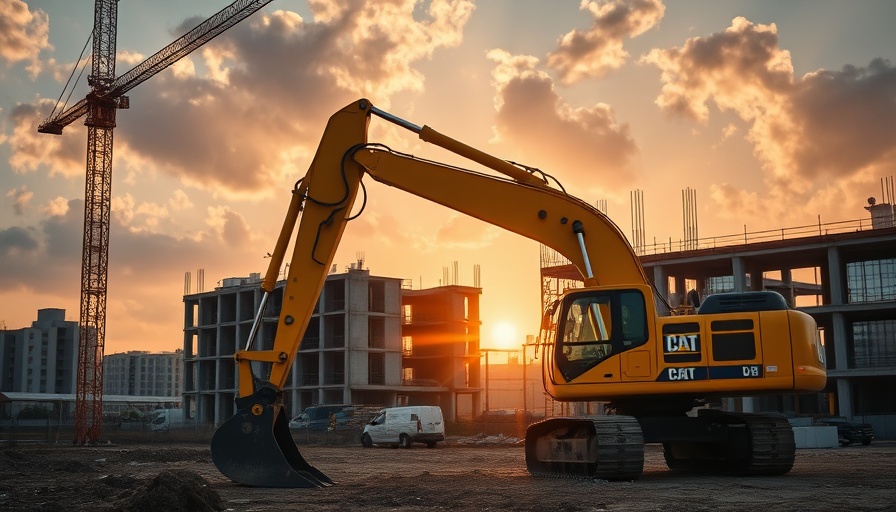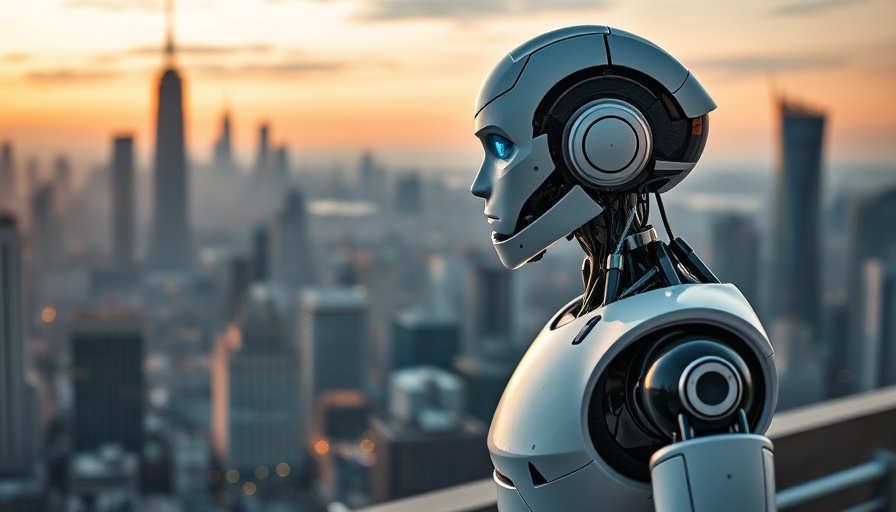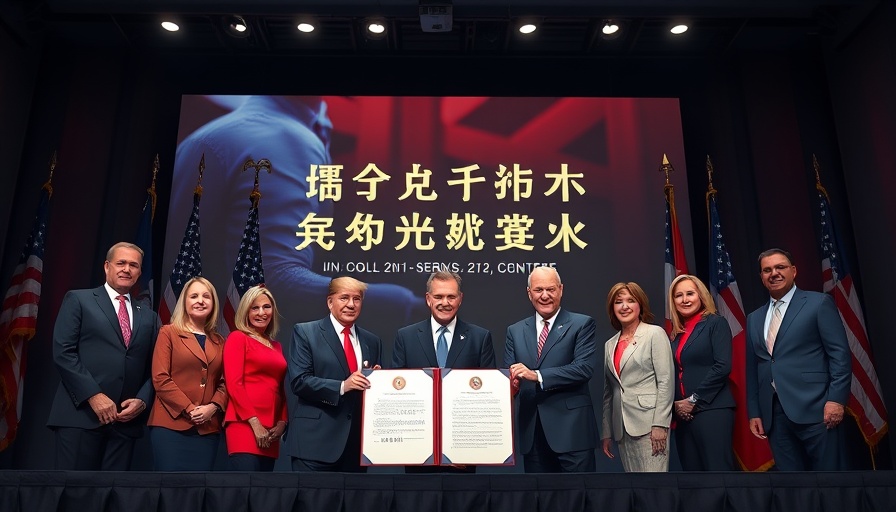
High-Stakes Developments: Shaping San Francisco's Future
As the winds of change sweep across San Francisco, high-stakes developments are on the brink of reshaping the city’s economic landscape. With billions of dollars at play, the implications of these generational projects could significantly impact various communities within the Bay Area. Throughout this transformative phase, local leadership remains crucial in guiding these initiatives to fruition.
The Role of Leadership in Economic Growth
In times of economic uncertainty, strong leadership is pivotal. As we look toward the future, San Antonio's mayor has emerged as a figure of innovation and resilience. His recent discussions with executives from Drexel University and Bank of America highlight the collaborative spirit necessary to navigate these challenges. Their commitment underscores the common goal of driving economic growth while maintaining community values.
Community Perspectives: Understanding Stakeholder Needs
While ambitious projects promise economic revitalization, they must also prioritize the needs of local residents. Public sentiment is crucial; therefore, the voices of parents, working professionals, and young leaders from diverse backgrounds need to be included. Engaging with these stakeholders can enhance the relevance and success of developmental plans, making them more centered on community benefits rather than just profits.
Parallel Examples: Success Stories from Other Cities
Looking beyond San Francisco, several cities across the globe have successfully planned high-stakes urban developments. For instance, cities like New York and Berlin have shown how informed community input can lead to thriving neighborhoods that accommodate both business opportunities and a vibrant living experience. By learning from these examples, San Francisco can establish a resilient framework for its own aspirations.
Future Predictions: What’s Next for San Francisco?
The integration of technology and sustainability is likely to dictate the trajectory of San Francisco's urban development. As we witness a shift towards green buildings and smart city technology, the city's leadership must remain agile and forward-thinking. Managing the balance between innovation and housing will be critical in addressing present-day challenges.
Practical Insights: How the Community Can Participate
For those in the Bay Area wishing to make an impact, community engagement is essential. Residents are encouraged to attend town hall meetings, participate in local forums, and reach out to their representatives. Input from the public will ensure that developments align with residents’ needs and aspirations, fostering a sense of ownership in their community's future.
Conclusion: A Call to Action for Participation
The future of San Francisco is being written today. As developments rise and evolve, it's essential for every member of the community to engage in the conversation about their city’s future. Whether through public forums or local advocacy groups, your voice can help steer this narrative toward a more inclusive and prosperous outcome for all.
 Add Row
Add Row  Add
Add 




Write A Comment